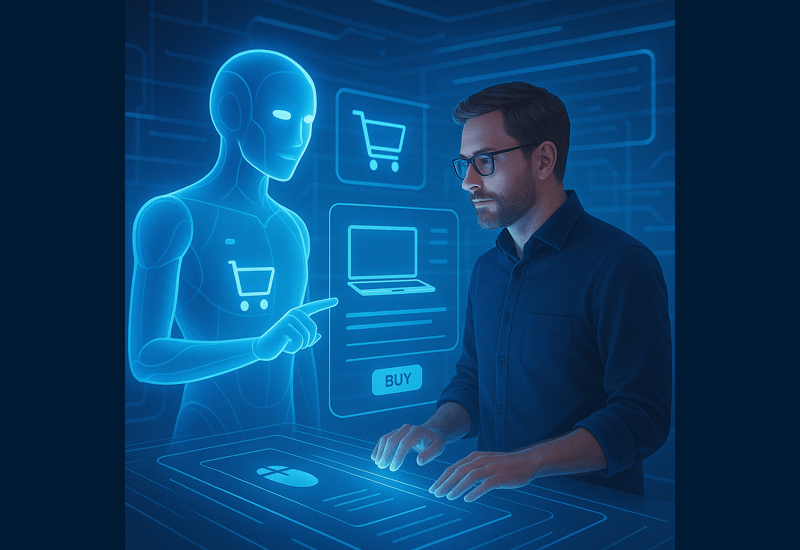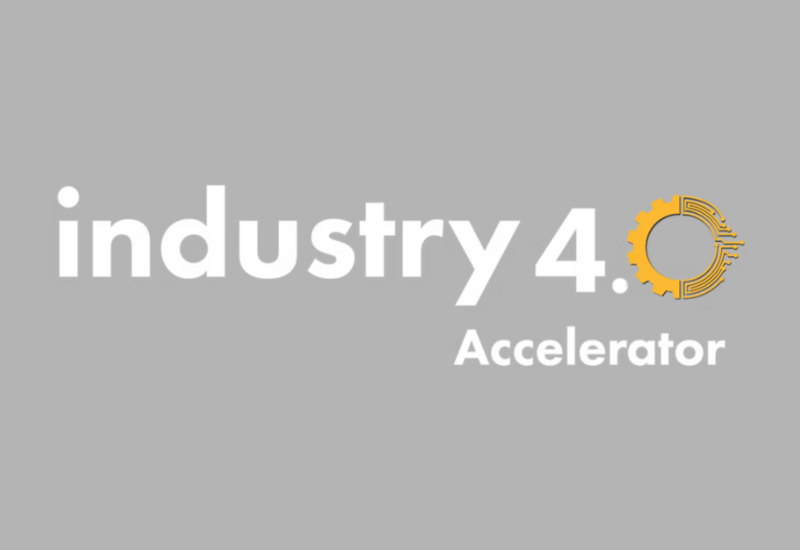We are at a moment of change within the world of design and software development where many of us are confused about how to build things better. We throw around the terms agile, waterfall, lean and design thinking but what does it all mean when all we want to do is work together to build stuff that matters? And that’s what counts, right? We want to build things that make sense and add value to someone’s life.
That is where design thinking comes in to play, and works well with the iterative approaches of an agile business. Creating digital products and services is a pursuit that requires collaboration across many disciplines – architects and thinkers from the technology, design and business sides.
This lifecycle diagram shows the relationship and association of the three mindsets around design thinking, lean thinking and agile.

So, what is Design Thinking?
Design thinking is the mindset of exploring complex problems or finding opportunities. It is a search for meaning; the “why” – focusing most often on human needs and experiences. It explores and questions “what if” and imagines “what could be” with innovative solutions.
And as you can see from the diagram, agile and lean design work alongside design thinking – it is not an “or” but more affectively an “and.”
 There are many variations of this design thinking visualization, and it helps us understand what it is but it does not get us any closer to actually doing things differently. This is not a new process or procedure; it’s a way of thinking… a mindset shift!
There are many variations of this design thinking visualization, and it helps us understand what it is but it does not get us any closer to actually doing things differently. This is not a new process or procedure; it’s a way of thinking… a mindset shift!
It is a thing that we do and not just a final outcome…it’s not the pretty picture at the end of the project!
Design thinking is about design as a verb. Donald Norman, who many consider a groundbreaking leader in user experience said, “Designers don’t search for a solution until they have determined the real problem, and even then, instead of solving that problem, they stop to consider a wide range of potential solutions. Only then will they converge upon their proposal. This process is called Design Thinking”.
So, if we break that down – we should define the problem, search for a solution, consider options and produce a proposal or solution.
How do we bring Design Thinking into what we do?
Start at the beginning
Involve design thinkers at the very start of the innovation process, before any direction has been set. Design thinking will help you explore more ideas quickly than you could have otherwise.
Put humans at the center of the solution
Along with business and technology considerations, innovation should factor in human behavior, needs, and preferences. Human-centered design thinking – especially when it includes research based on direct observation – will capture unexpected insights and produce innovation that more precisely reflects what consumers want.
Test early and often
Create an expectation of rapid experimentation and prototyping. Measure progress with a metric such as average time to first prototype or number of consumers exposed to prototypes during the life of a program.
Seek outside help…from the real people!
Look for opportunities to ideate with customers and clients. Gathering their additional level of perspective will quickly help to rule out issues.
Design Thinking can feel chaotic to those experiencing it for the first time. But over the life of a project participants come to see that the process makes sense and achieves results. Incorporating this into your overall company mindset, along with the ability to build with a lean approach and in an agile fashion, is worth exploring…and iterating as you go!



